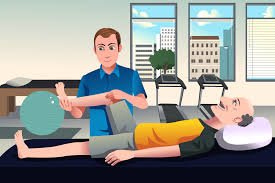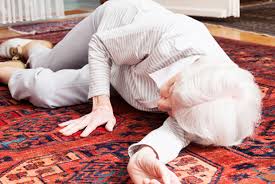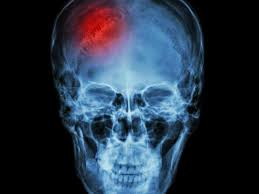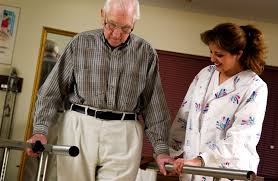Physical Therapy

What is Physical Therapy?
Physical therapy is a healthcare profession that provides services to restore, maintain and promote overall fitness and health to patients with physical disabilities, injuries or disease. These services are designed to help restore function, improve mobility, relieve pain, and prevent or reduce the amount of permanent physical disability.
There are several modalities in which therapists can specialize such as orthopedics, sports, neurologic, and cardio-pulmonary. For our purposes, I will focus on the specialty of Geriatrics which encompasses each of the above mentioned specialties, including sports.
Geriatric Therapy focuses on the unique movement needs of older adults. This includes treatment for conditions such as arthritis, cancer, osteoporosis, Alzheimer's disease, joint replacement and balance disorders. The goal of geriatric physical therapy is to help restore mobility, reduce pain, accommodate physical limitations and increase physical fitness.
Injuries from Falls

As we age, we become more susceptible to falls. This is due to several factors such as reduced or limited eyesight, loss of balance, and loss of lower extremity strength.
A fall could result in minor injuries such as scrapes, bruises and soreness but it could involve serious injuries such as fractures and internal head trauma resulting in hospitalization and possible surgical intervention. Rehabilitation from those injuries could take a lot of intensive work to restore the patient back to their baseline.
The therapy for these patients focuses on restoring function to the musculoskeletal system, including joints, tendons, ligaments and bones. Treatment methods include stretching, strength training, endurance exercises, hot and cold packs, ultrasound, electrical muscle stimulation and joint mobilization.
Stroke

There are two types of strokes; hemorrhagic and ischemic. They both result in the same neurologic deficits.
Ischemic strokes occur as a result of an obstruction within a blood vessel supplying blood to the brain. This type of stroke accounts for 87 percent of all stroke cases.
Hemorrhagic strokes occur when a weakened vessel burst, causing loss of blood to that area of the brain. The most common cause of hemorrhagic strokes is high blood pressure (hypertension).
Seniors who have suffered from a stroke most typically experience loss of muscle strength on one side of the body.
Therapy can be performed in the hospital followed by home health therapy or by going to a rehabilitation facility, either as an inpatient or outpatient.
The best exercise program for you is one that incorporates good form training provided by a licensed therapist and repetitious effort on your part every day without fail.
Surgical Conditions

Physical therapy can be helpful after many types of surgeries. Your doctor will want you to start on a rehabilitation program as soon as possible. The purpose is to strengthen the joint, muscles and tendons surrounding the joint that was surgically corrected. If your surgery was for something other than a joint, your doctor will probably still want you to have therapy to increase strength and balance.
Your physical therapist probably start working with you very soon after your surgery to help teach you the type of exercises you need for recovery and will gradually increase the amount of exertion that you can do.
The older we get, the higher the risk for injuries, certain diseases and illnesses. Physical therapy can be used to help seniors regain their mobility and return to their baseline as close as possible. This can be done in the hospital setting, in rehab facilities or at the patient's home with home health.